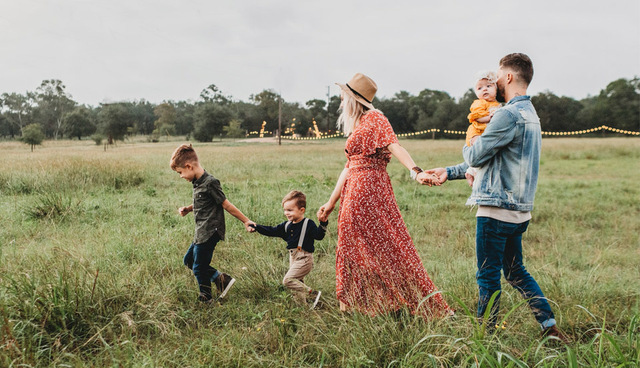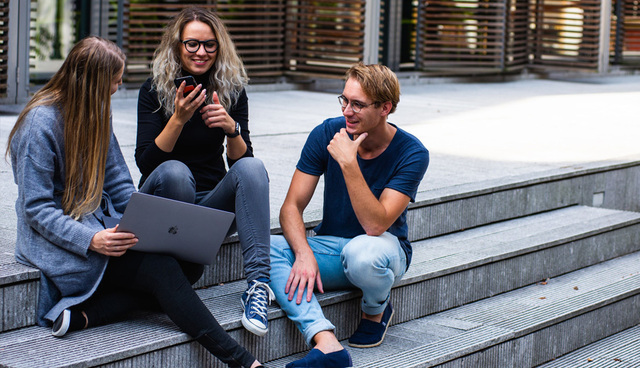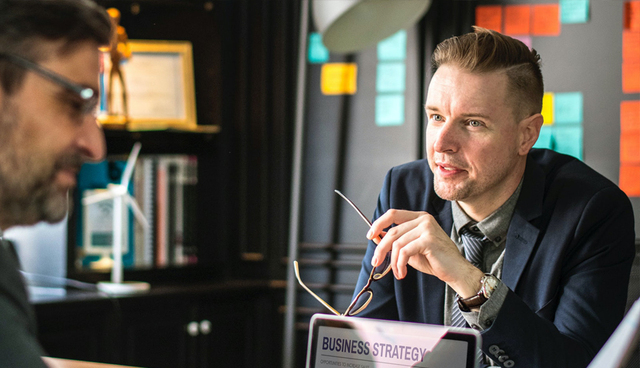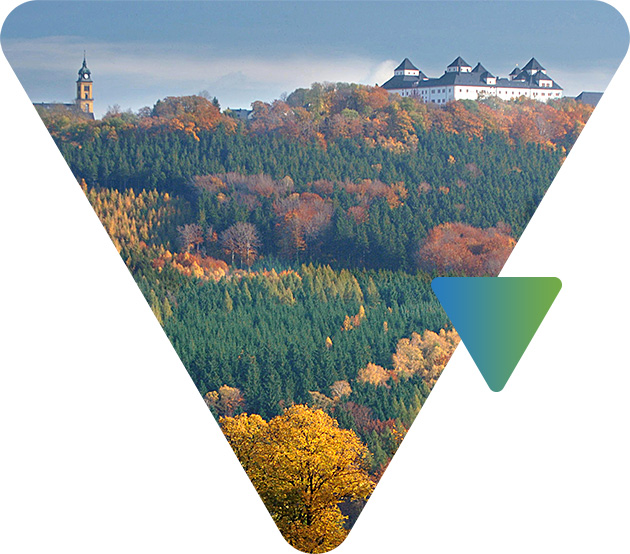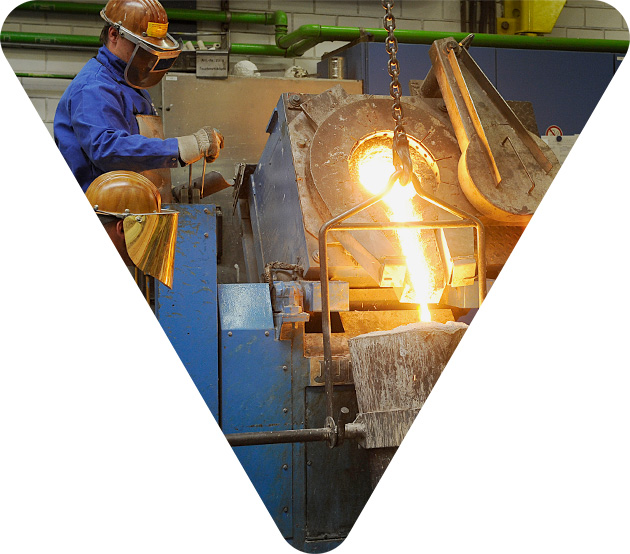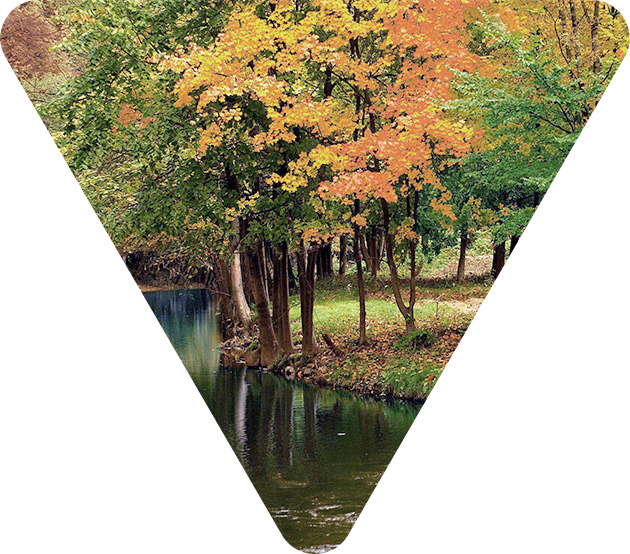What is life like in Central Saxony?
Sportspeople are in their element in Central Saxony. There are more than 400 sports clubs with some 47,000 members. The many new sports halls and stadiums provide a good setting: outdoor pools and water parks, shooting and riding facilities, climbing centres, waterskiing facilities – everything under the sun. TU Bergakademie Freiberg and the Mittweida University of Applied Sciences work together with them to promote competitive sports.
The Central Saxon theatres association, with its two theatres in Döbeln and Freiberg (the latter being the oldest municipal theatre in the world), is extremely popular. With its floating stage at the Kriebstein dam and other venues such as Nikolaikirche Freiberg, Freudenstein Castle or Nikolaikirche Döbeln, it also puts the culture of the Ore Mountains and Central Saxony on display. Music lovers are even more dazzled by the Silbermann organs, 15 of which are still preserved in Central Saxony’s churches.
The Central Saxon summer cultural festival “Miskus”, featuring many open-air events, is a dream come true for theatre and music fans, and the pace does not slacken in the winter, with the Christmas mountain parades and the international “Kammlauf” cross-country skiing event in the snowy Ore Mountains.
Housing is inexpensive for Central Saxony’s 300,000 plus residents, with low basic rents (below 5 euros per m2) and reasonably priced building land (about 48 euros). The infrastructure and childcare are well-established – a good thing, considering that almost as many women are in work as men in Central Saxony. And at 1.53 children, the birth rate is above the German average – and rising. The district provides anyone coming here or returning home with a free family service, Nestbau-Zentrale.

